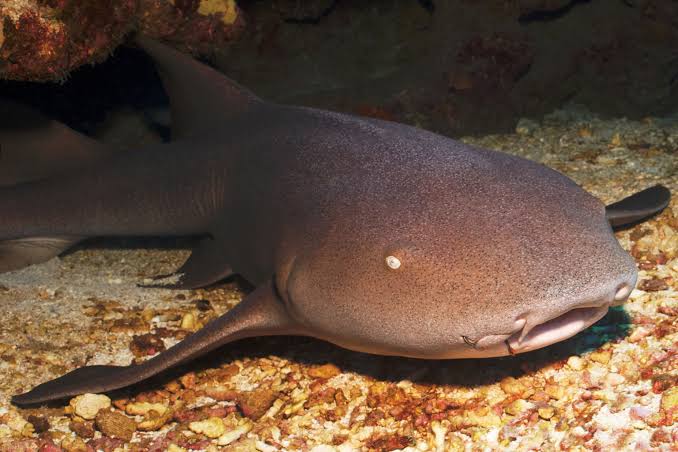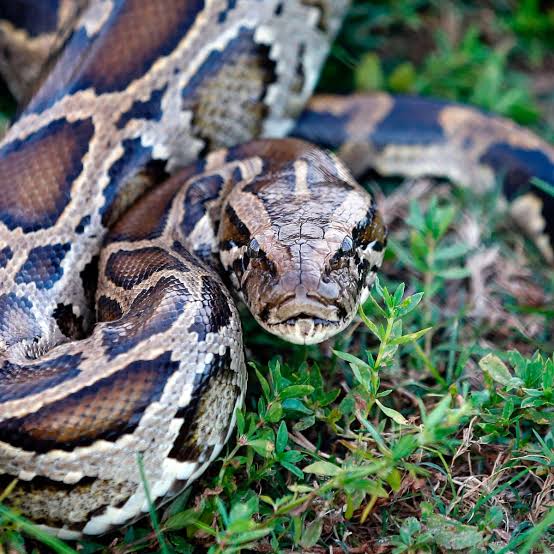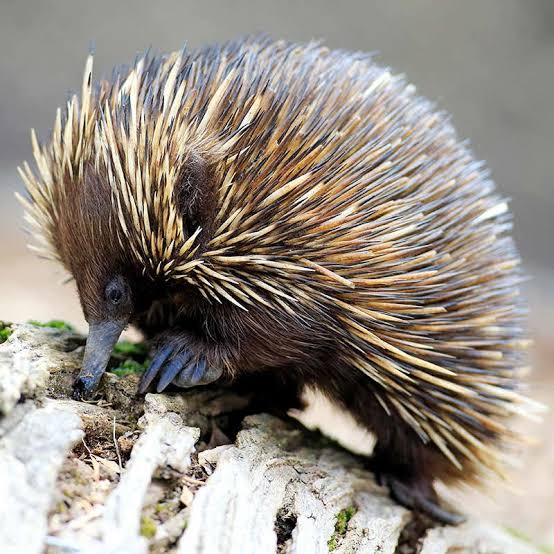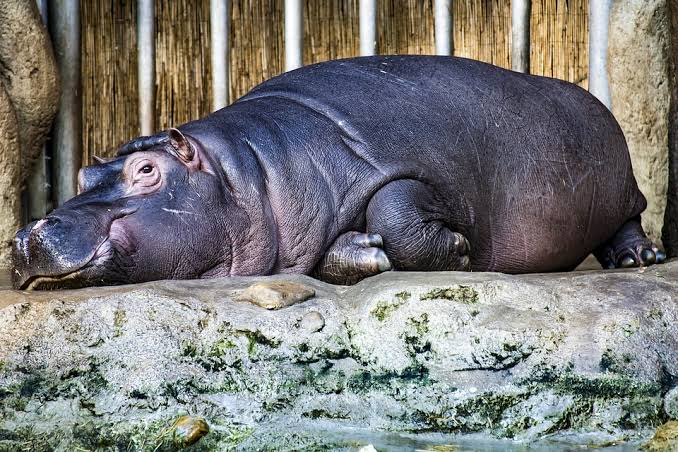
On today’s long-overdue second part of lazy animals, here are some notable mentions.
Lions:

Decorated over the years by literature and various cultures as epitomes of strength and royalty, these guys have a special niche in nature and popular culture too! However, their laziness is one thing that is not talked about enough.
Lions sleep for about three-quarters of their day on average. They are often active for about six hours, during which they hunt and do other stuff. The males are especially notorious free-loaders, as they are hardly involved in hunting. They basically just patrol their grounds, eat their fill, and defend against intruders if need be. It’s noteworthy that the reason for their inactivity is the unforgivingly hot temperatures of the savannah. As such, they have to conserve energy and avoid overheating.
Pythons:

Their fierce impression and intimidating aura (due to their large sizes) may suggest otherwise, but these guys are as lazy as they come. They are very lethargic, apparently, and can sleep for about eighteen (18) hours a day. They are slow movers too, clocking peak speeds of less than 2 kilometers per hour on a good day.
This doesn’t get in the way of their efficiency as predators though, as they rely on ambush. Pythons are constrictors. They bring down their prey by crushing the life out of them with immense pressure.
Digestion after feeding is often so energy-draining that they have to retreat into safety for days (weeks even, depending on the size of prey) through the process. Skin shedding is also quite draining as well. These are factors that play a huge role in their languor.

Echidnas:

Also known as spiny anteaters, echidnas are one of the last two extant monotremes (egg-laying mammals). The other is the duck-billed platypus. As their other name suggests, they have prickly spines on their back and eat ants. They are native to Australia and New Guinea and have the most spread of any native mammal in Australia.
They come out at night to forage, as the ambient temperature during the day is too much for them – apparently so much that they laze around and sleep for about 12 hours (or more) per day. In addition, their cooling mechanism is not quite efficient. Therefore, as daybreak approaches, they go back into hiding.
Nurse Sharks:

Nurse Sharks reside in the waters of the Western and Eastern Atlantic, and the Eastern Pacific. They particularly have a preference for shallower bodies and estuaries. They have a diet that consists of crustaceans, squids, urchins, and some fish. Due to climate change, pollution, and the destruction of habitat, nurse sharks are tagged Vulnerable by the IUCN.
Why are they on this list of lazy animals? Unlike most members of the shark family that are marauding ferocious predators, these guys prefer to laze around – and they won’t even mind doing so in groups! These guys would rather drag their bodies along the ocean floor with their pectoral fins than actively swim around like their cousins. They also forage in a much less “aggressive” manner.
These guys are undoubtedly oddities of the shark family.
Hippos:

When these colossi are not foraging, being cranky, or seducing each other with excrement during courtship, they can be quite lazy animals as well. Hippos can laze around for close to 20 hours per day. The location does not matter much to them. They do it just as well in water as they do, on land.
If you enjoyed this and would like to check out other wildlife-themed pieces, click here



Leave a Reply